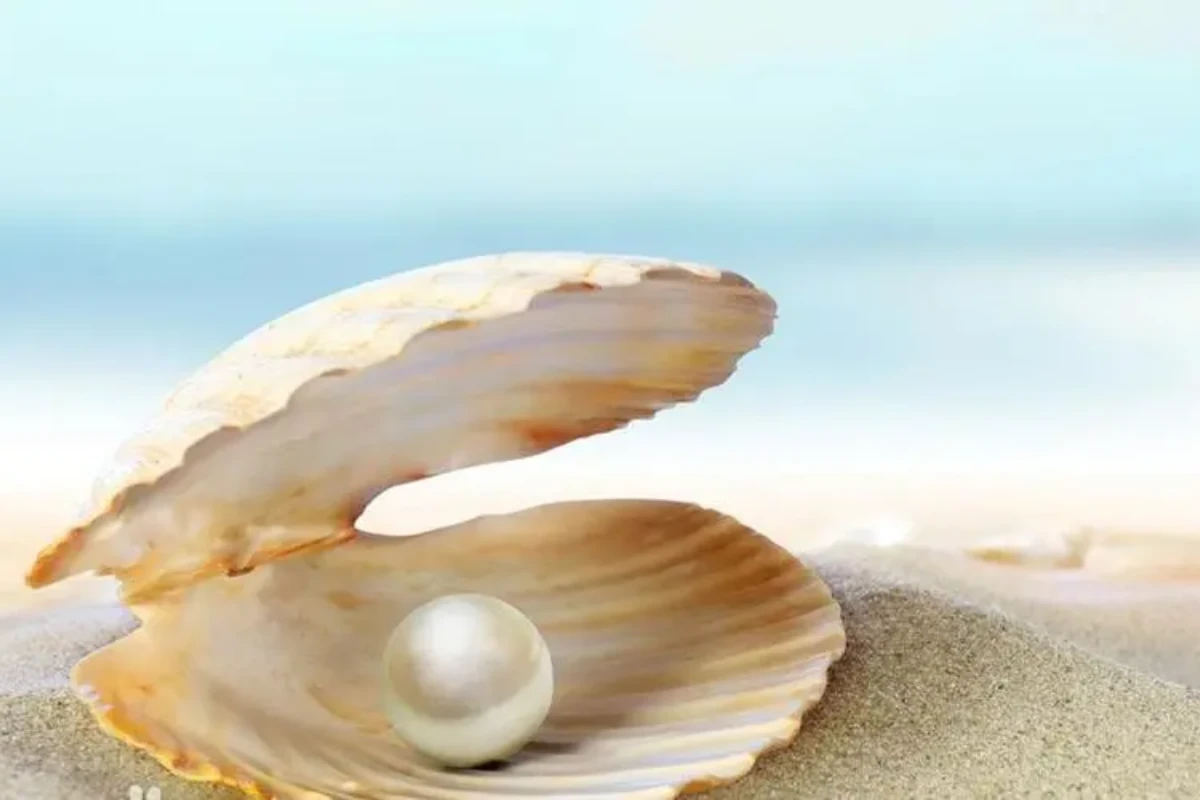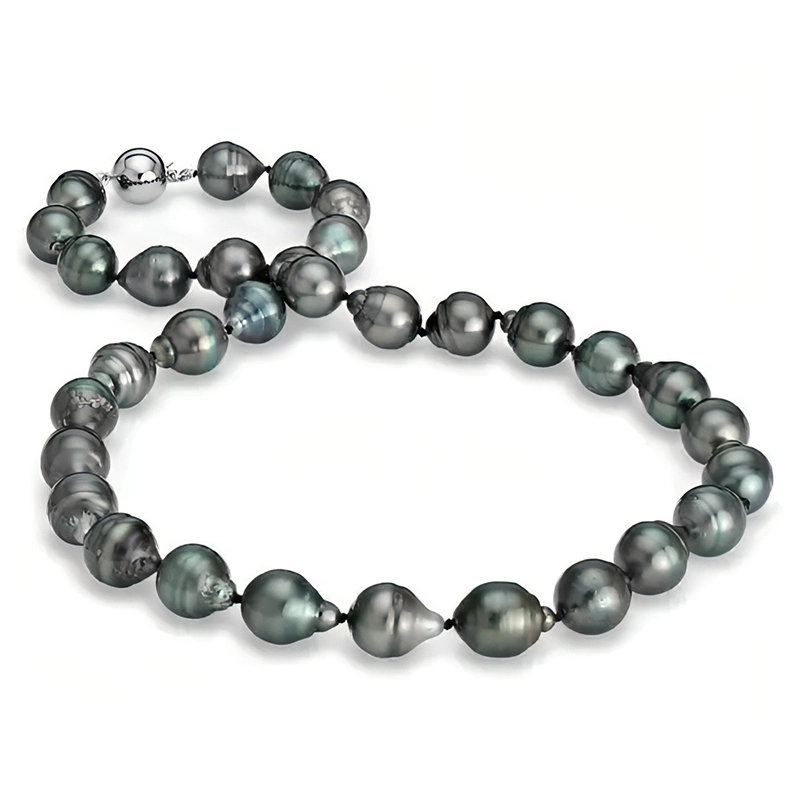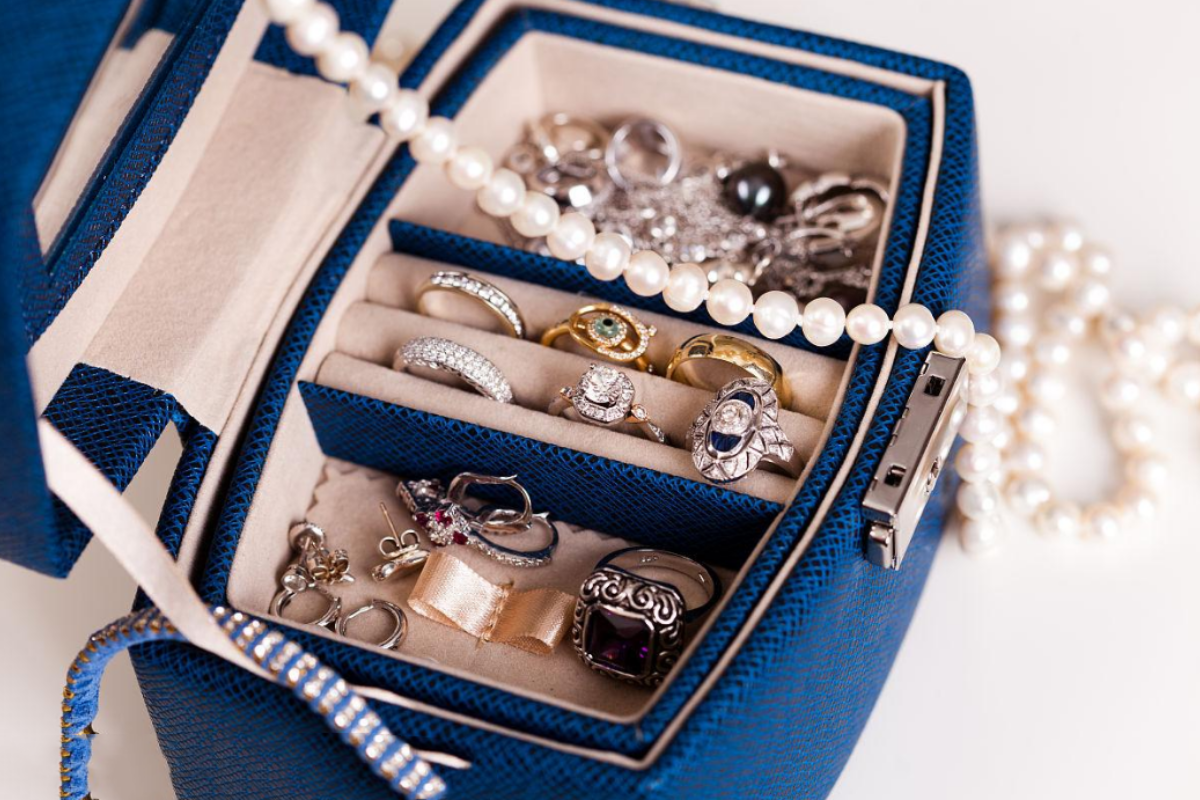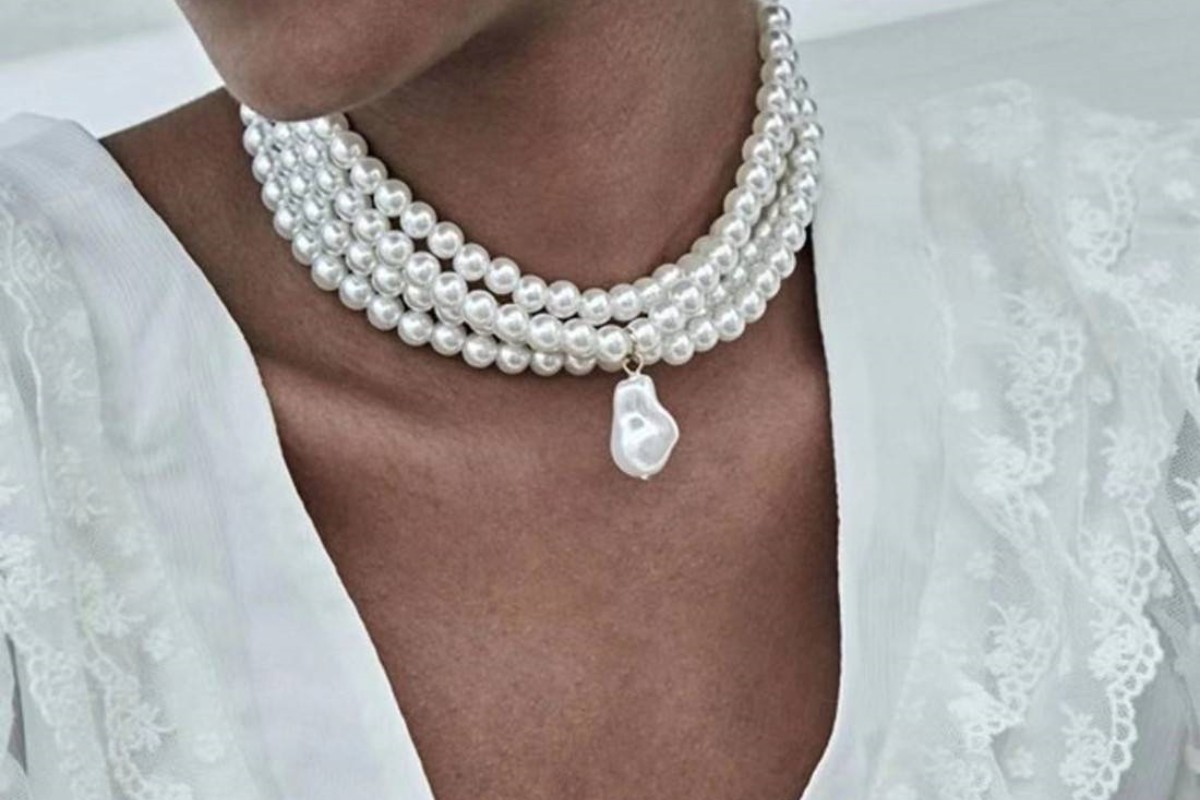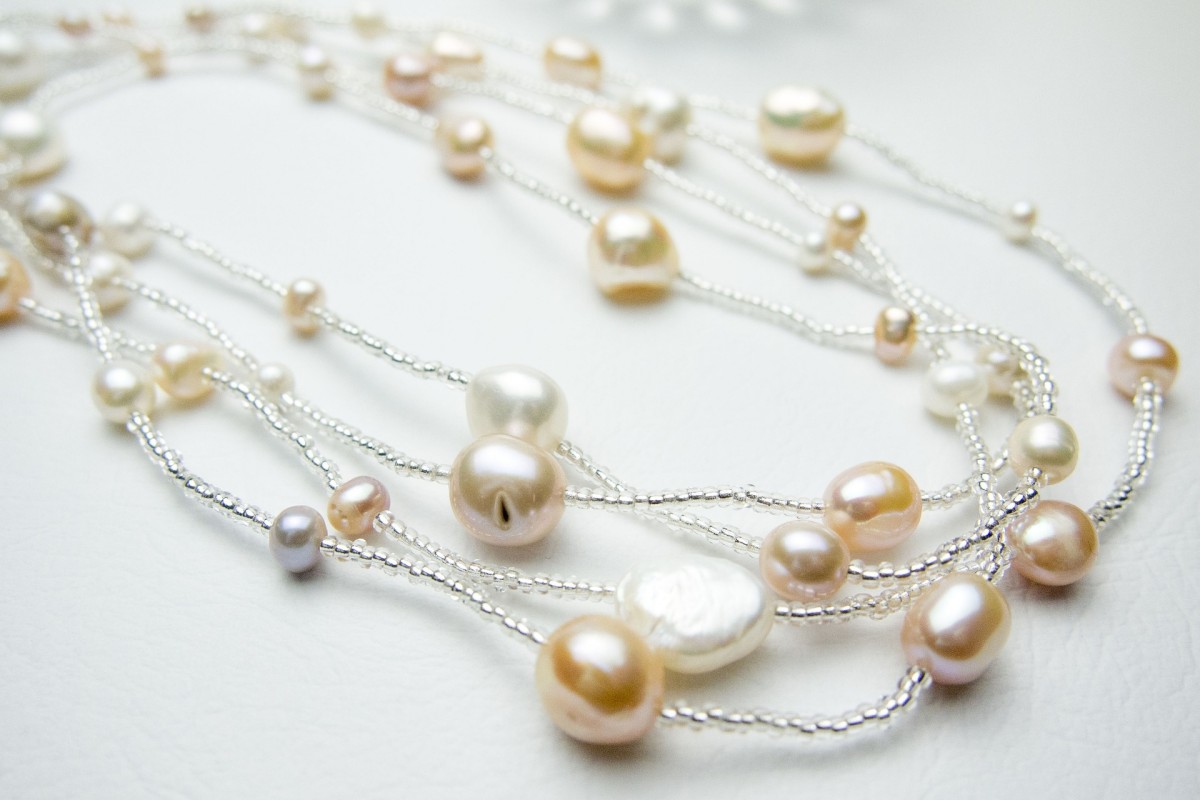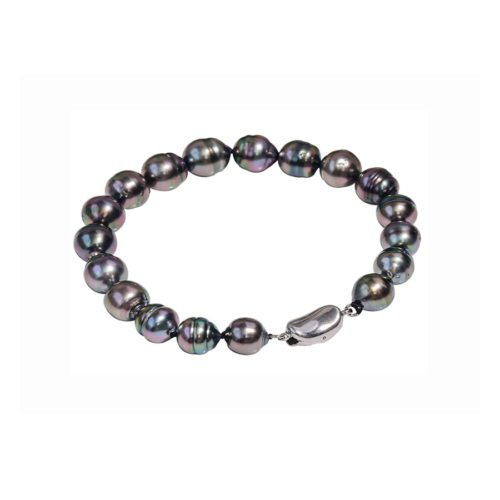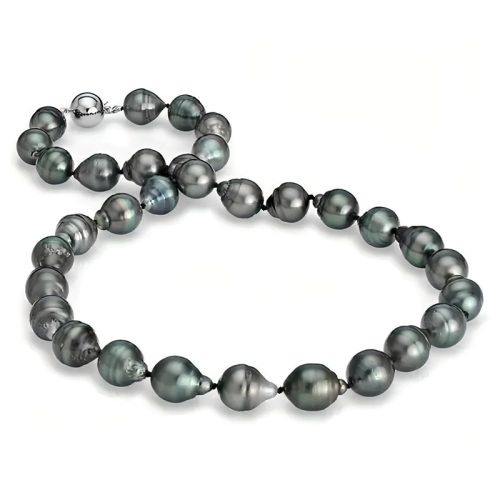Unlocking the Value: How Much Is a Real Pearl Necklace Worth?
Pearls are one of the most exquisite and sought-after gems in the world. They have been prized for their beauty and rarity for thousands of years, and continue to be a symbol of luxury and sophistication. A real pearl necklace is a timeless piece of jewelry that can be passed down through generations. But how much is a real pearl necklace worth? In this article, we will explore the factors that determine the value of a pearl necklace, the different types of pearls and their value, how to identify real pearls from fake ones, and how to appraise a pearl necklace. We will also take a look at the historical value of pearl necklaces and some famous pearl necklaces and their value.
The Value of Pearls
Pearls are formed when an irritant, such as a piece of sand, gets inside the shell of a mollusk, such as an oyster. The mollusk then secretes a substance called nacre, which coats the irritant and forms a pearl. Because pearls are formed naturally and take time to develop, they are rare and valuable.
The value of a pearl is determined by several factors, including its size, shape, color, luster, surface quality, and origin. The larger the pearl, the more valuable it is, as larger pearls are rarer. The shape of the pearl also affects its value. Round pearls are the most valuable, followed by symmetrical pearls, baroque pearls, and irregularly shaped pearls. The color of the pearl can range from white to black, with variations of pink, silver, and gold. The rarer the color, the more valuable the pearl. The luster of a pearl refers to its shine and reflection, and the more reflective the pearl, the higher its value. The surface quality of the pearl is also important, with smooth and blemish-free pearls being more valuable. Finally, the origin of the pearl can affect its value, with pearls from certain regions, such as the South Seas, being more valuable than others.
Types of Pearls and Their Value
There are several types of pearls, each with their unique characteristics and value. The most common types of pearls are freshwater pearls, Akoya pearls, Tahitian pearls, and South Sea pearls.
Freshwater pearls are the most affordable type of pearl and are produced in freshwater lakes and rivers. They come in a range of colors, including white, pink, and lavender, and are often irregularly shaped. While freshwater pearls are less valuable than other types of pearls, they are still beautiful and can make a great addition to any jewelry collection.
Akoya pearls are produced by a type of oyster found in Japan and China. They are known for their high luster and round shape, and are typically white or cream in color. Akoya pearls necklace are more valuable than freshwater pearls necklace, but less valuable than Tahitian and South Sea pearls necklace.
Tahitian pearls are produced by a type of oyster found in French Polynesia. They are known for their dark colors, which can range from black to gray to green to blue. Tahitian pearls are larger than Akoya pearls and have a unique iridescence, which makes them highly sought after. They are more valuable than Akoya pearls, but less valuable than South Sea pearls.
South Sea pearls are produced by a type of oyster found in Australia, Indonesia, and the Philippines. They are the largest and rarest type of pearl, and can range in color from white to gold. South Sea pearls are the most valuable type of pearl, due to their rarity and size.
Identifying Real Pearls from Fake Ones
It is important to be able to identify real pearls from fake ones, as fake pearls are much less valuable than real pearls. There are several ways to tell if a pearl is real or fake.
One way to identify a real pearl is to look for imperfections. Real pearls are formed naturally and will have small imperfections on their surface, such as bumps or ridges. Fake pearls, on the other hand, will be perfectly smooth and uniform in shape.
Another way to identify a real pearl is to perform the tooth test. Real pearls will have a slightly gritty texture when rubbed against your teeth, while fake pearls will feel smooth.
You can also try rubbing two pearls together. Real pearls will produce a slight friction, while fake pearls will slide against each other easily.
Finally, you can also use a magnifying glass to examine the surface of the pearl. Real pearls will have a unique texture and luster, while fake pearls will appear dull and lifeless.
How to Appraise a Pearl Necklace
Appraising a pearl necklace can be a complex process, as it involves evaluating the value of each individual pearl as well as the overall design and craftsmanship of the necklace. To appraise a pearl necklace, you should first have it evaluated by a professional appraiser who specializes in pearls. The appraiser will evaluate the size, shape, color, luster, surface quality, and origin of each pearl, as well as the overall design and craftsmanship of the necklace. They will also take into account the current market value of pearls.
Once the appraisal is complete, you will receive a detailed report that includes the value of each individual pearl as well as the overall value of the necklace. This report can be used for insurance purposes or if you are looking to sell the necklace.
Historical Value of Pearl Necklaces
Pearl necklaces have been prized by cultures around the world for thousands of years. In ancient Rome, pearls were a symbol of wealth and status, and were often worn by wealthy women. In China, pearls were believed to have healing properties and were used in traditional medicine. In the 20th century, pearls became a symbol of sophistication and elegance, worn by iconic figures such as Coco Chanel and Audrey Hepburn.
One of the most famous pearl necklaces in history is the La Peregrina pearl necklace, which was owned by several monarchs, including Queen Mary I of England and King Philip II of Spain. The necklace featured a large, pear-shaped pearl known as La Peregrina, which was discovered in the 16th century off the coast of Panama. The pearl was eventually sold to actor Richard Burton, who gave it to his wife Elizabeth Taylor as a gift.
Famous Pearl Necklaces and Their Value
In addition to the La Peregrina pearl necklace, there have been several other famous pearl necklaces throughout history. One of the most famous is the Mikimoto necklace, which was created by Kokichi Mikimoto, who is credited with developing the first cultured pearl. The necklace features 36 cultured pearls and is valued at over $1 million.
Another famous pearl necklace is the Barbara Hutton necklace, which features 27 natural pearls and is valued at over $3.5 million. The necklace was owned by heiress Barbara Hutton, who was known for her extravagant jewelry collection.
Conclusion: The Worth of a Real Pearl Necklace
In conclusion, a real pearl necklace is a valuable and timeless piece of jewelry that can be passed down through generations. The value of a pearl necklace is determined by several factors, including the size, shape, color, luster, surface quality, and origin of the pearls. To identify a real pearl from a fake one, you can look for imperfections, perform the tooth test, rub two pearls together, or use a magnifying glass. Appraising a pearl necklace can be a complex process, but it is important to have it evaluated by a professional appraiser to determine its true value. Finally, pearl necklaces have a rich history and have been worn by iconic figures throughout history, making them a symbol of luxury and sophistication.
10.0-12.0mm Tahitian Baroque Pearl Necklace
Original price was: $2,599.00.$2,299.00Current price is: $2,299.00.
12% Off
10.0-11.0mm Tahitian Baroque Pearl Necklace
Original price was: $2,199.00.$1,899.00Current price is: $1,899.00.
14% Off
9.0-11.0mm Tahitian Baroque Pearl Necklace
Original price was: $1,599.00.$1,299.00Current price is: $1,299.00.
19% Off
8.0-10.0mm Tahitian Baroque Pearl Necklace
Original price was: $1,099.00.$899.00Current price is: $899.00.
18% Off
10.0-12.0mm Tahitian Baroque Pearl Necklace
Original price was: $2,599.00.$2,299.00Current price is: $2,299.00.
12% Off
10.0-11.0mm Tahitian Baroque Pearl Necklace
Original price was: $2,199.00.$1,899.00Current price is: $1,899.00.
14% Off
9.0-11.0mm Tahitian Baroque Pearl Necklace
Original price was: $1,599.00.$1,299.00Current price is: $1,299.00.
19% Off
8.0-10.0mm Tahitian Baroque Pearl Necklace
Original price was: $1,099.00.$899.00Current price is: $899.00.
18% Off

